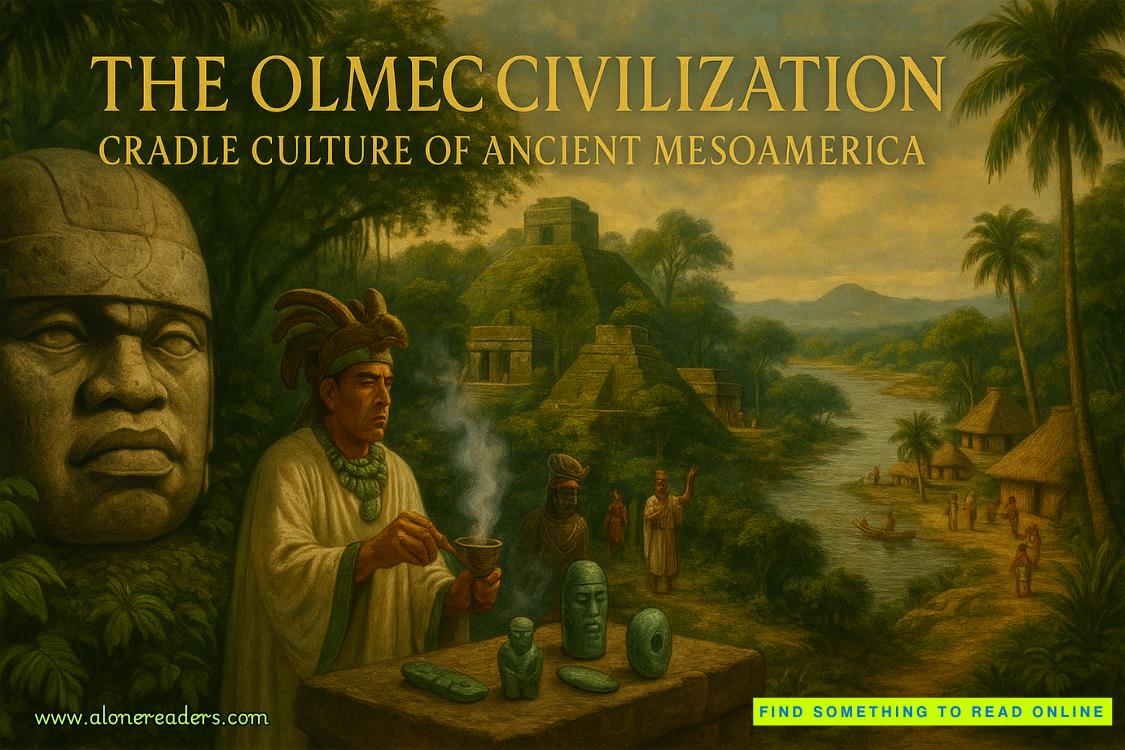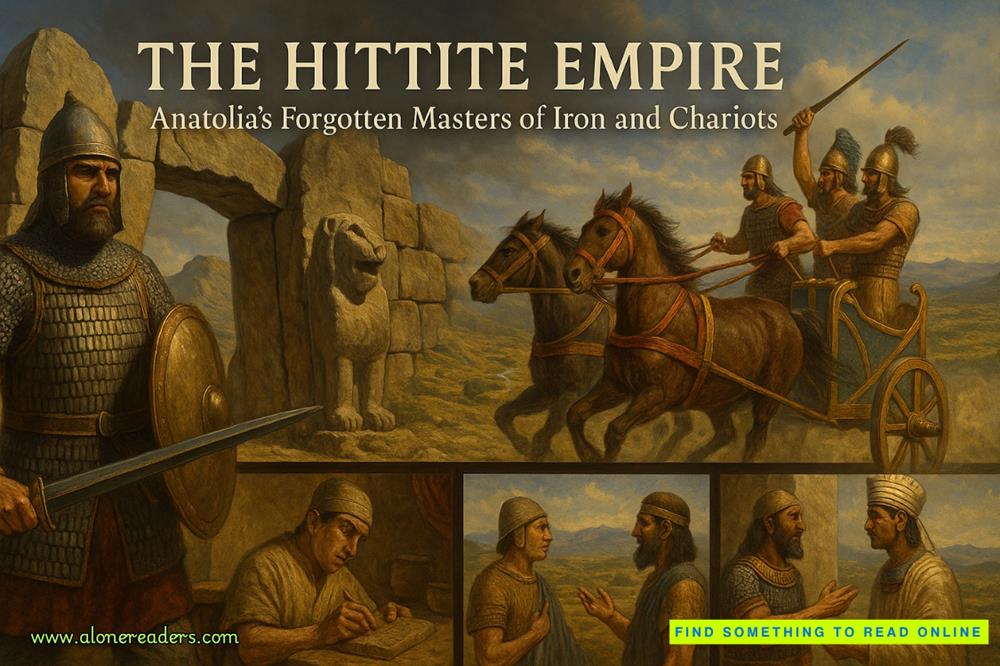Page 17 of Coram House
SC:No. I did not.
AS:Did you ever tell a child to run into the fire to fetch a ball?
SC:Nonsense. Children making up stories.
AS:Did you ever push a child out of a boat?
SC:Let me tell you something, Mr. Stedsan. Many of the children at Coram House were bad children. We did our best to guide them into the light, to show them the path to living a righteous life. Some of them did. Some of them were saved. And many more were not. I have nothing to confess if that’s what you’re hoping for.
AS:I’m just looking for information.
SC:You’re looking for truth. And only God has that.
PART 2
5
At five minutesto nine, I pull into the driveway of Coram House. Once again, I’d stayed up too late, first searching online databases for Tommy, which turned out to be hopeless, and then trying to put together an updated contact list for everyone who gave a deposition back in the eighties, which meant hours scouring the internet for addresses and phone numbers, trying to match Facebook profiles to names and locations. Somehow when I looked up, the bottle of wine was empty and the clock said three a.m.
I drive past the construction site, already buzzing with yellow bulldozers, and bump along the dirt until it ends abruptly at a stone wall, where Stedsan stands beside a silver sedan. I smile, wave. Of course he drives a Mercedes.
“Quite the morning,” he says when I get out. He gestures toward the expanse of water spread out below us. Unlike downtown, where the bay is frozen solid, the open water on this side of Rock Point feels alive. Waves move in every direction, crashing together in an explosion of white foam.
“The rectory is this way,” Stedsan says, raising his voice to be heard above the wind.
He leads us through a gap in the stone wall. Overgrown cedars lean over the path, their branches clutching at my jacket. Past the cedar tunnel, a cottage emerges like something out of a fairy tale—all climbing ivy and puffs of smoke from the chimney. The cemetery comes right up to the path, but most of the gravestones here are moss-covered, atmospheric rather than creepy. I can see the spire of the church risingbehind the house, so we can’t be far from the street, but it feels worlds away.
Stedsan lifts his hand to the doorknob, then pauses. “Father Aubry has a nervous disposition. I would go easy on him.”
I raise my eyebrows, but he doesn’t elaborate.
“This isn’t my first interview. I know how to read a room.”
Stedsan widens his eyes and holds up his hands.Calm down.He pushes open the door without knocking. “Ladies first.”
I step into a dimly lit entry. The white plaster walls are bare above dark wood paneling, except for a large wooden crucifix. A stained-glass window scatters spots of blue-and-green light on the wooden floor. Stedsan announces us.
“Hello! Father Aubry?”
A door slams upstairs. A breeze rustles the spiderwebs that soften the corners of the ceiling.
A moment later, black orthopedic sneakers appear on the stairs beneath a swish of black fabric. The rest of Father Aubry comes into view piece by piece as he descends: torso, clasped hands, and finally a narrow face dominated by a pair of glasses. He looks shrunken inside the long black cassock, as if he borrowed it from someone much larger.
“Alan,” Father Aubry says, holding out his hand. “And you must be Mrs. Kelley. So good of you to come.”
I’ve never been Mrs. anyone, but I don’t correct him.
“Thank you for having us, Father Aubry.”
He smiles, but his eyes don’t quite meet mine. It’s like they got stuck on my chin. “Rosa has made us some tea upstairs in the library, if you’d like…” He trails off.
“That would be lovely,” Stedsan says, his voice growing louder and heartier, as if Father Aubry is part deaf instead of just awkward.
As we follow Father Aubry up the creaking stairs, I wonder how old he is. I’d guess midfifties. He carries himself tentatively, like someone much older, but his skin doesn’t have the saggy look of true old age. I do a quick calculation. He might have been here during the case, but he would have been a teenager when Coram House was still operating as an orphanage.
Upstairs, the long hallway is lined with framed photographs, starting with an image of the pope in his white bedsheet robes. Then back in time to a line of nuns ladling out soup, their wimples jostling for space with oversized eighties-style glasses. All the way back to a sepia-tinted photo of children clustered around a font, apparently waiting to be baptized en masse. The girls with their wide eyes and ill-fitting white dresses look like child brides.
“Here we are,” Father Aubry says, opening the door so we can step into his study. From a distance, the room looks cozy—a fireplace, an oversize desk, a pair of leather armchairs—but up close everything is shabby. The bubbling paint on the ceiling that suggests a leaky roof. The deep tarnish on the candlesticks. The spring poking out of the chair.















